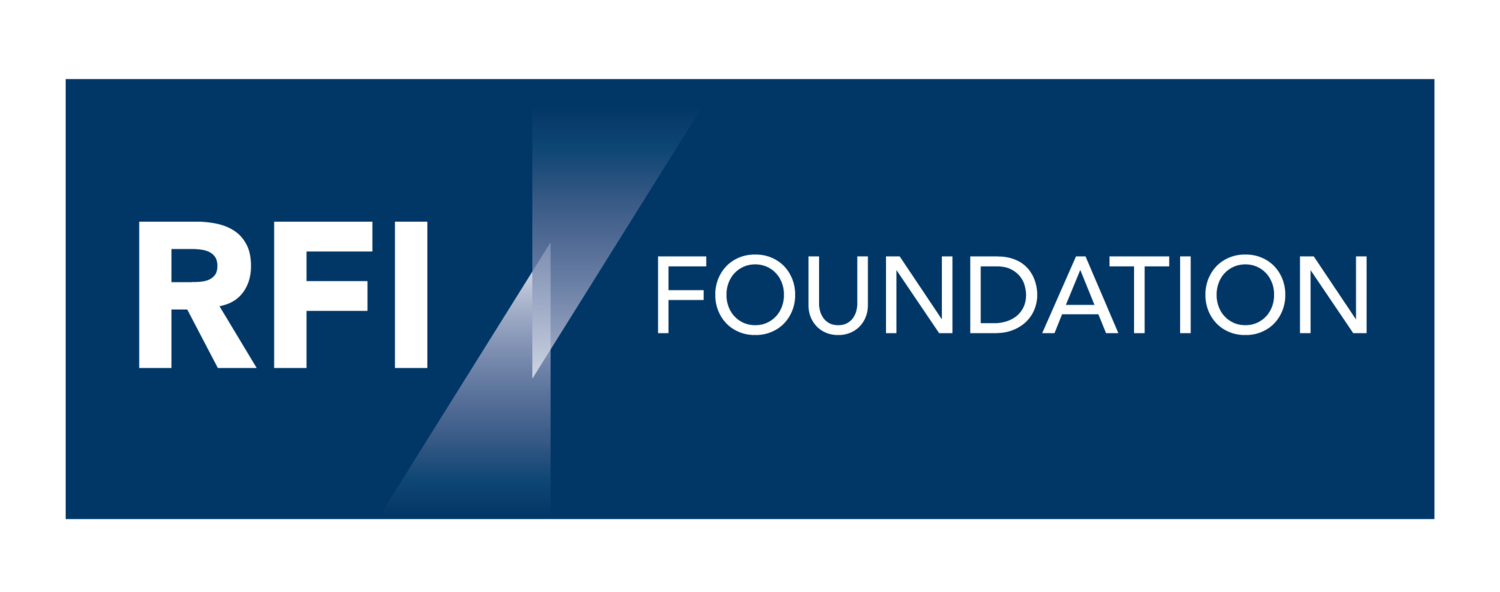RFI Newsletter Articles
Filter by date
Filter by topic
- ACMF 1
- AI 2
- ASEAN 3
- ASEAN Taxonomy 2
- Banking Supervision 1
- Biodiversity 2
- Blue Economy 3
- Blue Finance 1
- Blue Finance Challenge 1
- COP28 3
- CSRD 2
- Carbon Credits 1
- Central Asia 1
- Climate 1
- Climate Disclosures 6
- Climate Mitigation 4
- Climate Risk 21
- Climate Scenario Analysis 2
- Climate Stress Test 3
- Climate risk 1
- Coal Phase-Out 1
- Credit Ratings 1
- Derisking 2
- ESG 6
- Emerging Markets 13
- Emissions Intensity 1
- Ethical Finance 1
- FinTech 3
- Financed Emissions 6
- Financed Emissions Data 7
- Financial Institutions 9
- Financial Materiality 1
- Financial Shocks 1
- Financial Stability 2
- GCC 2
- GHG Protocol 1
- GVI Hub 3
- Global Stocktake 1
- Green Bonds 3
- Greenwashing 2
- ISSB 1
- Institutional Investors 1
- Islamic Banking 3
- Islamic finance 2
- Just Transition 5
- MAS 1
- MENA 2
- MSMEs 1
- Maqasid 1
- NGFS 3
For resource-intensive economies, physical and transition risks could drive a ‘climate change risk trap’
On a global level, and in guidance for financial sector regulators, climate change actions are often presented as a sliding scale between climate mitigation – efforts to reduce emissions – and climate adaptation – efforts to make countries more resilient to the impacts of climate change. The dichotomy arises within the financial sector through a similar sliding scale between different scenarios.
Many OIC countries face a different outlook, however, where higher transition and physical risks coexist, especially at the sub-national level. A new paper terms this outcome a ‘climate change risk trap’, and evaluates it by considering the impacts of climate change physical and transition risks on Kuwait following the release of the country’s first flash flood hazard map.
Governments, regulators and financial institutions will all have to chart their own path to respond to the elevated risks of climate change where this 'risk trap' is most likely to be present. The impact on a response to climate change goes beyond mitigation and increases the benefits of domestic financial sector development and efforts to produce a Just Transition.
Will climate financial stability risk assessment produce headwinds for climate finance in emerging markets?
The Financial Stability Board is developing an assessment framework to evaluate the risks to financial stability relating to climate change. In broad terms, it will translate a conceptual framework for how climate risks generate financial risks, and how these could cascade into a systemic risk.
Many of the risk metrics are being developed with reference to developed economies and specifically reference the way that “global financial stability risks may arise from climate shocks in EMDEs [including those that] originate in the real economy and transmit internationally [such as] in some EMDEs that provide agricultural and mining products to the rest of the world”.
There is a clear connection between economic shocks in large EMDEs and global financial institutions and markets. Climate-related risks are among the types of risks that can spill over widely into global markets. However, often the application of macroeconomic metrics to identify sources of risks to global financial stability can have the impact – even if unintended – of raising barriers to flows of climate finance to EMDEs.

